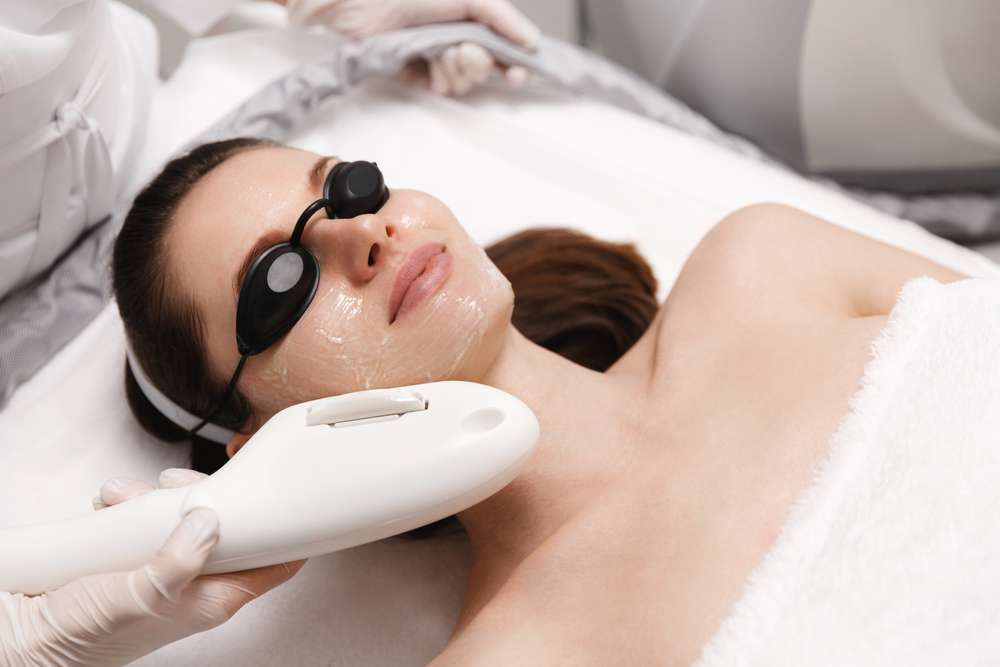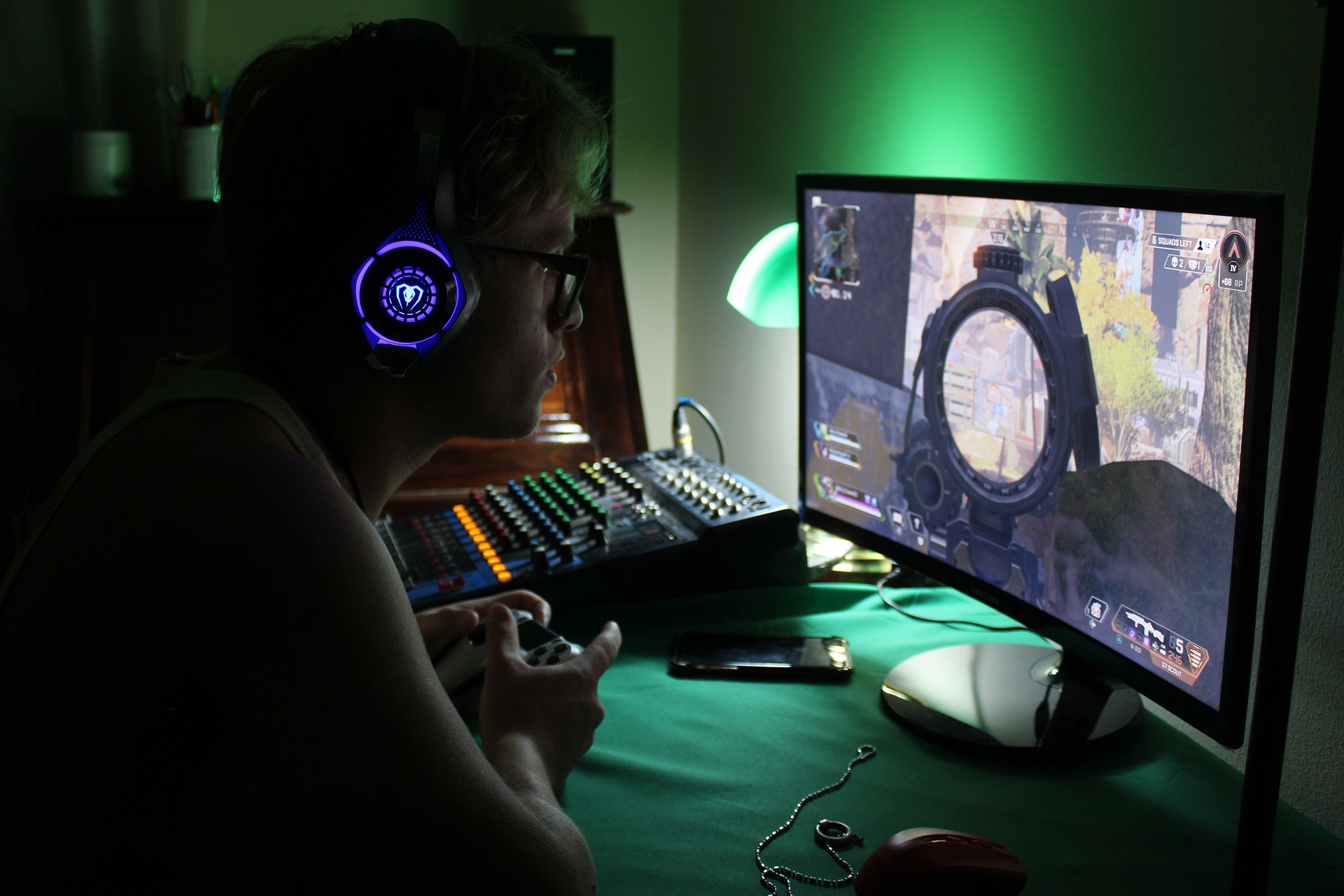Laser Lift: Reveal Younger, Firmer Skin
Laser technology has revolutionized skincare, providing non-surgical solutions for younger-looking skin. Laser facelifts gently smooth wrinkles, improve skin texture, and enhance tone without the downtime of traditional surgery. With affordable options widely available, this treatment might be closer than you think.

What is a Laser Face Lift and How Does it Work?
A laser face lift, also known as a non-surgical facelift, is a cutting-edge cosmetic procedure that uses advanced laser technology to target and improve various signs of aging on the face. Unlike traditional facelifts that involve incisions and tissue manipulation, laser facelifts work by delivering focused light energy to the skin’s deeper layers. This energy stimulates collagen production, tightens existing collagen fibers, and promotes cell turnover, resulting in firmer, smoother, and more youthful-looking skin.
What Are the Benefits of Choosing a Laser Face Lift?
Opting for a laser face lift offers numerous advantages over traditional surgical methods. Firstly, it’s a non-invasive procedure, meaning there are no incisions, stitches, or significant downtime involved. Patients can typically return to their daily activities shortly after treatment. Additionally, laser facelifts provide natural-looking results, avoiding the “pulled” or “overdone” appearance sometimes associated with surgical facelifts. The treatment also offers versatility, addressing multiple concerns simultaneously, such as fine lines, wrinkles, uneven skin tone, and lax skin.
Which Skin Concerns Can Laser Face Lifts Address?
Laser face lifts are remarkably versatile and can target a wide range of skin concerns. These treatments are particularly effective for:
- Fine lines and wrinkles
- Sagging skin, especially around the jawline and neck
- Uneven skin tone and texture
- Sun damage and age spots
- Enlarged pores
- Mild to moderate acne scars
By addressing these issues comprehensively, laser facelifts can provide a more youthful and refreshed appearance without the need for multiple separate treatments.
How Long Do Laser Face Lift Results Last?
The longevity of laser face lift results can vary depending on several factors, including the specific type of laser used, the individual’s skin condition, and their lifestyle habits. Generally, patients can expect to see improvements in their skin immediately after treatment, with results continuing to develop over the following weeks and months as collagen production increases.
Typically, the effects of a laser face lift can last anywhere from 1 to 3 years. However, it’s important to note that the natural aging process continues, and maintenance treatments may be recommended to prolong and enhance the results. Adopting a good skincare routine and protecting your skin from sun damage can also help extend the benefits of the treatment.
Are There Different Types of Lasers Used for Face Lifts?
Indeed, there are several types of lasers used in facial rejuvenation treatments, each with its own unique benefits and applications. Some of the most popular lasers for skin rejuvenation include:
-
Fractional CO2 Lasers: These are among the most powerful lasers, ideal for treating deep wrinkles, severe sun damage, and acne scars.
-
Erbium Lasers: Gentler than CO2 lasers, these are excellent for addressing fine lines and improving skin texture with less downtime.
-
Nd:YAG Lasers: These are often used for skin tightening and can be effective for all skin types, including darker skin tones.
-
Pulsed-Dye Lasers: These target blood vessels and are useful for treating redness, rosacea, and broken capillaries.
-
Picosecond Lasers: These ultra-short pulse lasers are great for treating pigmentation issues and can also stimulate collagen production.
The choice of laser depends on the patient’s specific skin concerns, skin type, and desired outcomes. A consultation with a qualified professional at a laser treatment clinic can help determine the most suitable laser for individual needs.
What is the Cost of a Laser Face Lift?
The cost of a laser face lift can vary significantly depending on several factors, including the type of laser used, the extent of treatment required, the practitioner’s expertise, and the geographic location of the clinic. To give you a better idea of what to expect, here’s a comparison of some common laser treatments and their estimated costs:
| Laser Treatment | Average Cost Range | Number of Sessions Typically Required |
|---|---|---|
| Fractional CO2 Laser | $1,500 - $3,000 | 1-2 sessions |
| Erbium Laser | $1,000 - $2,500 | 1-3 sessions |
| Nd:YAG Laser | $300 - $800 per session | 3-6 sessions |
| Pulsed-Dye Laser | $300 - $600 per session | 2-4 sessions |
| Picosecond Laser | $400 - $1,000 per session | 3-6 sessions |
It’s important to note that many clinics offer package deals for multiple sessions, which can provide cost savings. Additionally, some clinics may combine different laser technologies for a more comprehensive treatment, which can affect the overall price.
Prices, rates, or cost estimates mentioned in this article are based on the latest available information but may change over time. Independent research is advised before making financial decisions.
In conclusion, laser face lifts offer a compelling option for those seeking to rejuvenate their appearance without undergoing surgery. With advancements in laser technology, these treatments can address a wide range of skin concerns, providing noticeable improvements in skin texture, tone, and firmness. While the cost of laser face lifts can be significant, many find the investment worthwhile given the natural-looking results and minimal downtime. As with any cosmetic procedure, it’s crucial to consult with a qualified professional to determine the best treatment plan for your individual needs and goals.
This article is for informational purposes only and should not be considered medical advice. Please consult a qualified healthcare professional for personalized guidance and treatment.
The shared information of this article is up-to-date as of the publishing date. For more up-to-date information, please conduct your own research.




